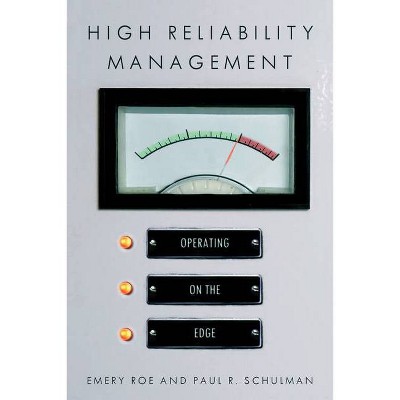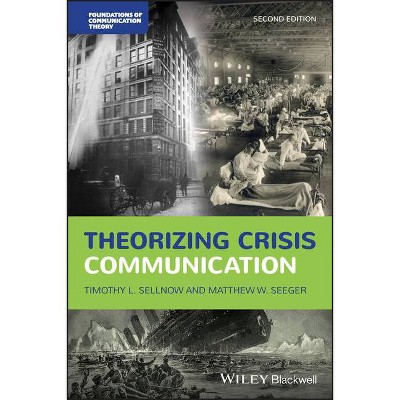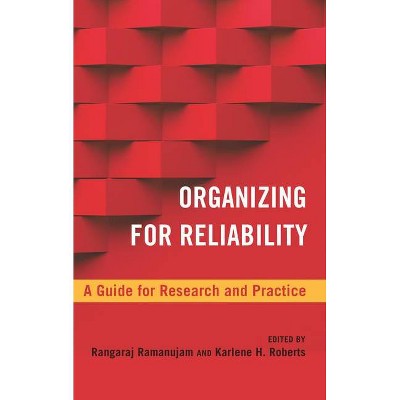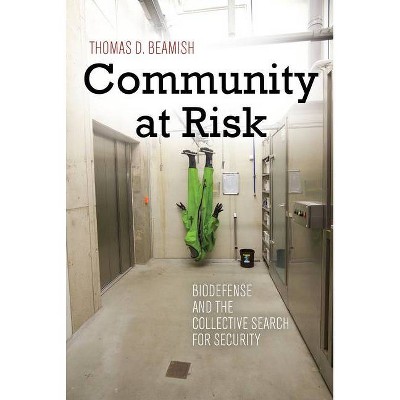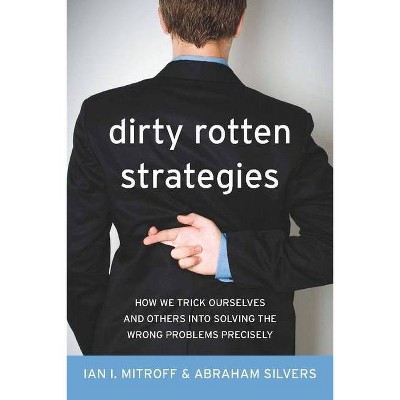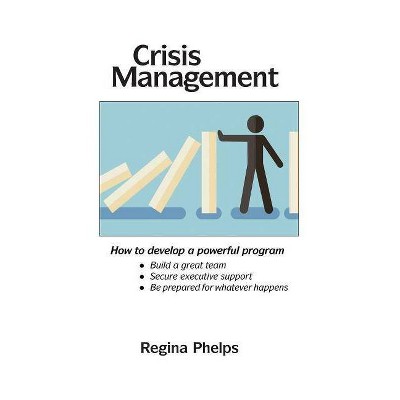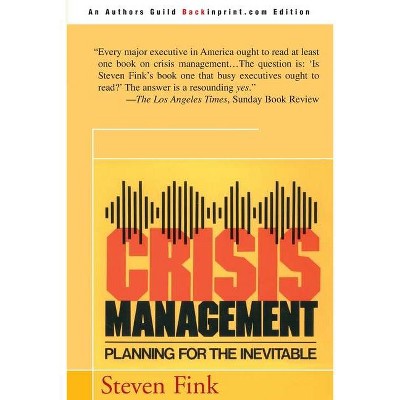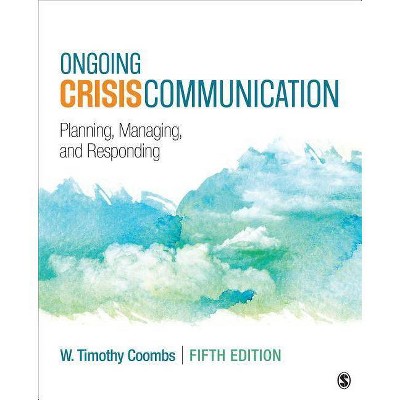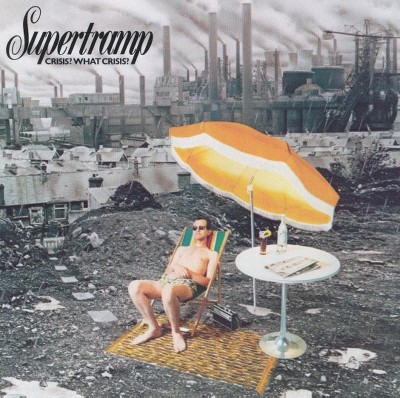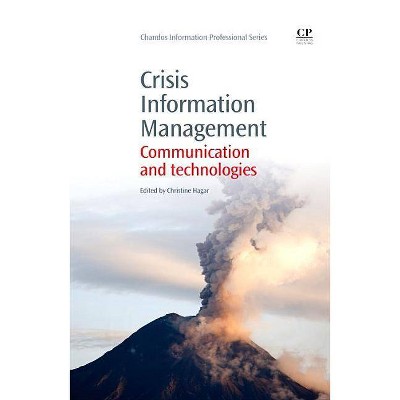Narratives of Crisis - (High Reliability and Crisis Management) by Matthew Seeger & Timothy L Sellnow (Paperback)
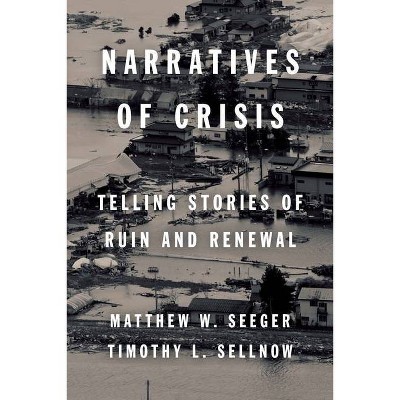
Similar Products
Products of same category from the store
AllProduct info
<p/><br></br><p><b> About the Book </b></p></br></br>This book develops a typology of crisis narratives (accounts of blame, stories of renewal, victim narratives, heroic tales, and memorials), that provide an organizing framework for analyzing crises and understanding how competing stories battle for dominance in the wake of a disaster.<p/><br></br><p><b> Book Synopsis </b></p></br></br><p>How did you first hear about 9/11? What images come to mind when you think of Hurricane Katrina? How did your community react to the Sandy Hook Elementary School shooting? You likely have your own stories about these tragic events. Yet, as a society, we rarely stop to appreciate the narratives that follow a crisis and their tremendous impact.</p> <p>This book examines the fundamental role that narratives play in catastrophic events. A crisis creates a communication vacuum, which is then populated by the stories of those who were directly affected, as well as crisis managers, journalists, and onlookers. These stories become fundamental to how we understand a disaster, determine what should be done about it, and carry forward our lessons learned.</p> <p>Matthew W. Seeger and Timothy L. Sellnow outline a typology of crisis narratives: accounts of blame, stories of renewal, victim narratives, heroic tales, and memorials. Using cases to illustrate each type, they show how competing accounts battle for dominance in the public sphere, advancing specific organizational, social, and political changes. <i>Narratives of Crisis</i> improves our understanding of how consensus forms in the aftermath of a disaster, providing a new lens for comprehending events in our past and shaping what comes from those in our future.</p><p/><br></br><p><b> Review Quotes </b></p></br></br><br>Crisis communication is a burgeoning area of research; narrative is a well-established method for understanding messages. Seeger and Sellnow fuse the two in their new book, offering another important addition to the literature. This will be a welcome resource to our personal and institutional libraries.--William L. Benoit "Ohio University"<br><br>People's lives require the defining logic, structure, meaning, and impact of narratives. In <i>Narratives of Crisis</i>, Seeger and Sellnow examine how people mainstream crisis communication and management. This clear, coherent mix of research and case illustration probes our narrative reactions to the uncertainty inherent in disaster.--Robert L. Heath "University of Houston"<br><br>Seeger and Sellnow explain, clearly and vividly, how people tell stories about natural disasters: what causes them, who is to blame, and what is to be done. This book fills a crucial gap by explaining how people make sense of disasters, and find ways to respond to them.--Thomas A. Birkland "North Carolina State University"<br><br>This excellent book is a significant contribution to the field of crisis communication. The authors persuasively show the power and relevance of a narrative approach. The book is filled with good stories and great theory, delivering a deep understanding of how the stories of crisis create meaning in society.--Jesper Falkheimer "Lund University"<br><p/><br></br><p><b> About the Author </b></p></br></br><b>Matthew W. Seeger</b> is Dean of the College of Fine, Performing, and Communication Arts and Professor of Communication at Wayne State University. <b>Timothy L. Sellnow</b> is Professor of Strategic Communication in the Nicholson School of Communication at the University of Central Florida.
Price History
Price Archive shows prices from various stores, lets you see history and find the cheapest. There is no actual sale on the website. For all support, inquiry and suggestion messagescommunication@pricearchive.us
